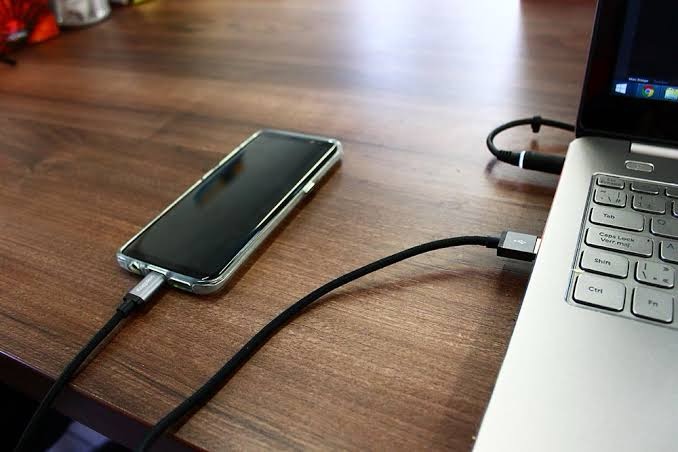It can be frustrating when Touch ID is not working on your iPhone, but don’t worry, there are a few troubleshooting steps you can try to resolve the issue. Let’s go through them:

Why Is My Touch ID Not Working?
Because Touch ID relies on both software (e.g., iOS) and hardware (sensors) to work, failures can come from a variety of sources, including:
- Your finger or the device’s sensor is dirty
- You’re moving your finger or pressing on the sensor too hard (or too softly)
- A case or screen protector is interfering with the scanner
- Your version of iOS, iPadOS, or macOS is out of date
How to Fix Touch ID Problems
Follow the steps below on how to fix Touch ID problems. Try Touch ID again after each step to see if it works.
Step 1: Clean Your Fingerprint Sensor
Sometimes, Touch ID may not work properly if your fingerprint sensor is dirty or has residue on it. Cleaning the sensor can often help. Here’s what you can do:
1. Power off your iPhone.
2. Use a microfiber cloth or a lint-free cloth to gently wipe the Touch ID sensor (usually located in the home button).
3. Ensure that the sensor and your finger are clean and dry.
4. Power on your iPhone and try using Touch ID again.
Step 2: Remove and Add Your Fingerprint
If cleaning the sensor didn’t work, you may need to remove and re-add your fingerprint to recalibrate Touch ID. Here’s how:
1. Open the Settings app on your iPhone.
2. Scroll down and tap on “Touch ID & Passcode” or “Face ID & Passcode” (depending on your iPhone model).
3. Input your passcode to access the settings.
4. Find the fingerprint(s) listed under “Fingerprints” and tap on the fingerprint(s) you want to remove.
5. Tap on “Delete Fingerprint” to remove it.
6. Once the fingerprints are removed, tap on “Add a Fingerprint” to add a new fingerprint.
7. Follow the instructions to set up your fingerprint again.
Step 3: Update iOS
Keeping your iPhone’s operating system up to date is important for resolving bugs and improving the functionality of your device. Ensure that you have the latest version of iOS installed by following these steps:
1. Open the Settings app on your iPhone.
2. Scroll down and tap on “General.”
3. Tap on “Software Update.”
4. If an update is available, follow the instructions to download and install it.
Step 4: Restart Your iPhone
Performing a simple restart can often resolve minor issues. Try restarting your iPhone by holding down the power button until the “Slide to power off” option appears. Slide it to power off, wait a few seconds, and then turn your iPhone back on by pressing the power button again.
Step 5: Check Touch ID Settings
Ensure that your Touch ID settings are properly configured. Here’s what to do:
1. Open the Settings app on your iPhone.
2. Scroll down and tap on “Touch ID & Passcode” or “Face ID & Passcode.”
3. Enter your passcode to access the settings.
4. Verify that the “iPhone Unlock” option is enabled.
Step 6: Reset All Settings
If the issue persists, you can try resetting all settings on your iPhone. This won’t delete your data, but it will revert your settings back to factory defaults. Here’s how:
1. Open the Settings app on your iPhone.
2. Scroll down and tap on “General.”
3. Scroll to the bottom and select “Reset.”
4. Tap on “Reset All Settings” and enter your passcode if prompted.
5. Confirm the reset and wait for your iPhone to restart.
If none of these steps resolve the issue, it’s recommended to contact Apple Support or visit an Apple Store for further assistance. They have the expertise to diagnose and address hardware-related problems with Touch ID.







